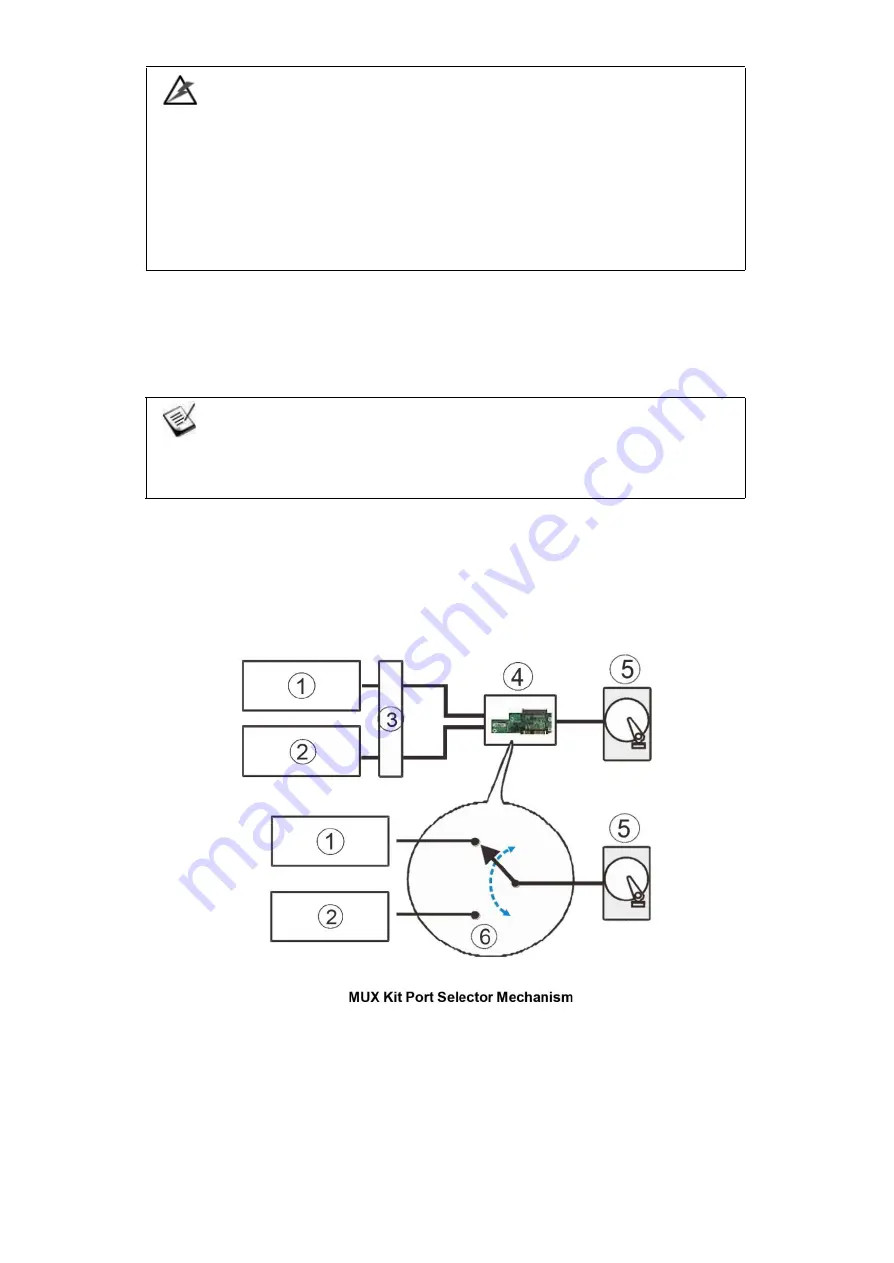
22
WARNING
Even hard drives by the same manufacturer, of the same model, and claiming the
same rated capacity may actually carry different block numbers meaning that their
capacity may not be exactly the same.
When configuring hard drives into a RAID array, you may use a slightly smaller
capacity as the “Maximum Disk Capacity” in each individual hard drive. The
configuration option can be found in the interface-specific firmware manual that came
with your enclosure.
Profile:
The drive trays and bays of the syst
em are designed for 2.5” or 3.5” hard drives,
depending on the PS model.
Drive type:
The system uses SAS (3Gbps, 6Gbps, 12Gbps), SATA and Near-
line 2.5” or
3.5” hard drives. Please ensure that you purchase the correct hard drives.
NOTE
If you prefer using SATA hard drives in a dual Dual Controller Unified Storage System
or in attached JBODs, make sure you also purchase MUX kits.
MUX Board:
Shown below, controller A
(1)
and controller B
(2)
is connected to the backplane
(3)
. With a
MUX board
(4)
paired to the hard drive
(5)
, data signals are able to switch between
controllers A and B signal ports (indicated by the blue arrow / dotted line). Under normal
circumstances, controller B signal port is in standby mode
(6)
.
SAS Interface
The SAS interface features a dual-ported connectivity with pins on both sides of its
connector that include SAS primary links
(1)
, power link
(2)
, and underneath it, the SAS
secondary links
(3)
. The SATA drives have only one port that includes the SATA physical
links
(4)
and the power link
(5)
. The MUX-enabled drive trays must be purchased separately
and applied.
2






























